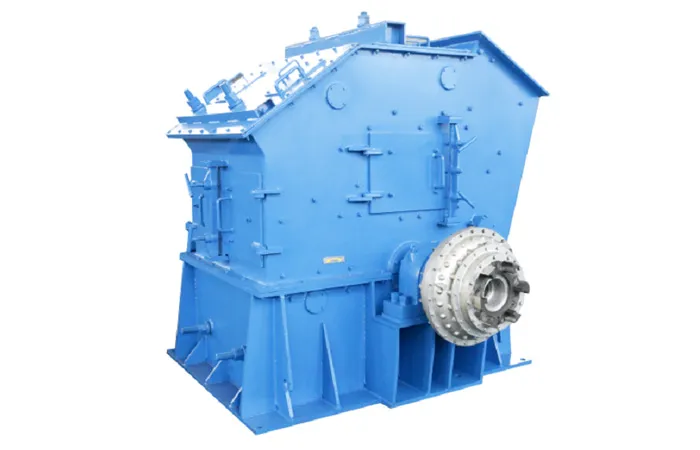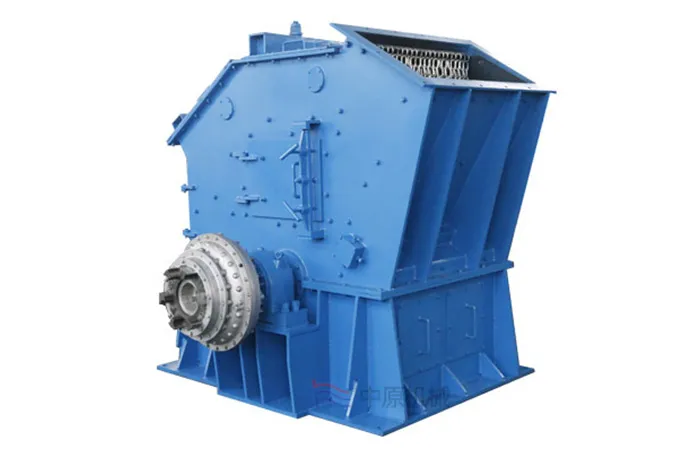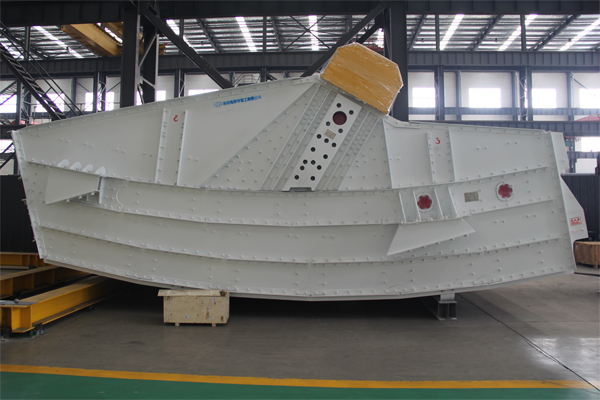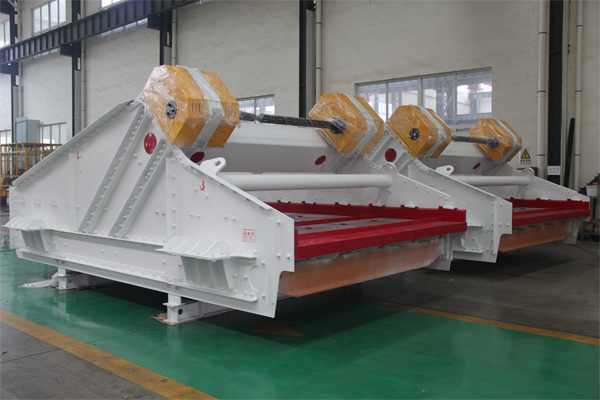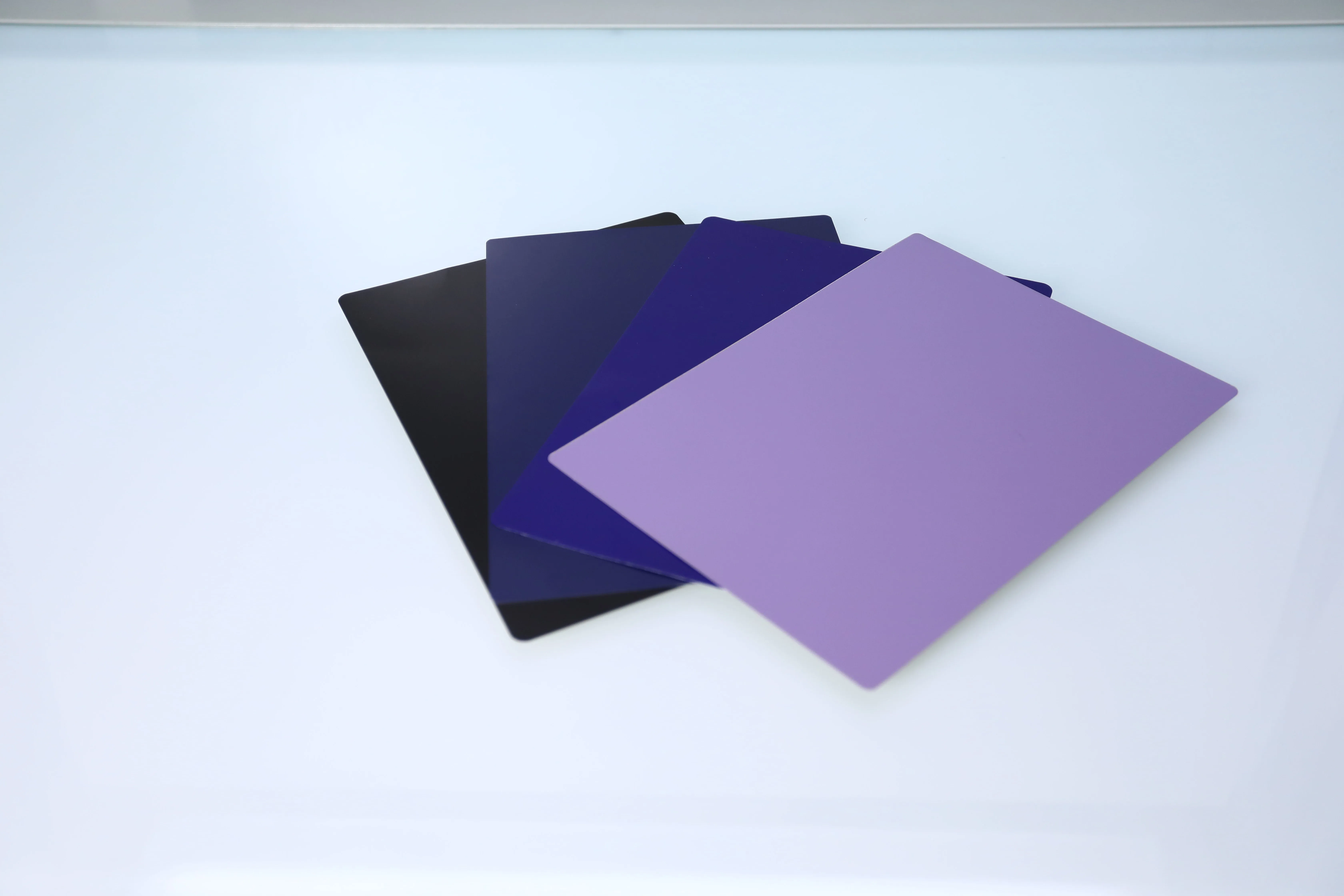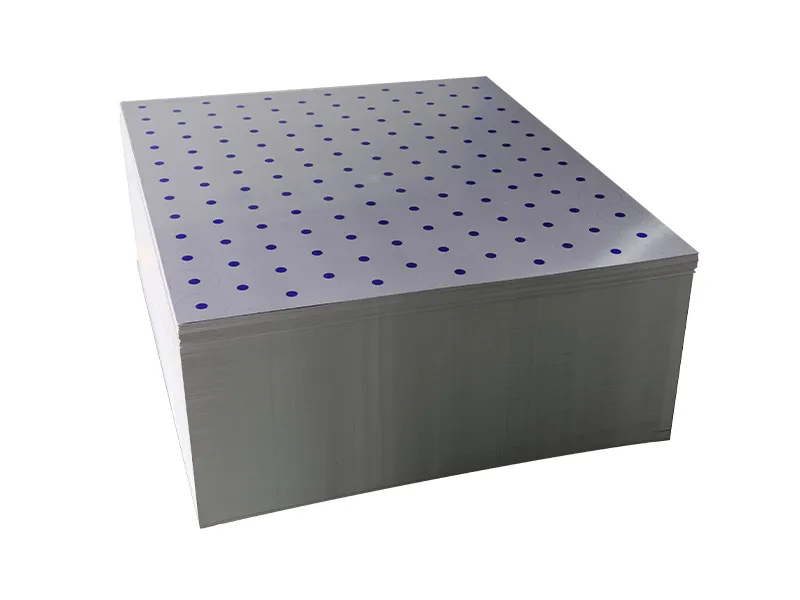Cinta transportadora desviación, también conocido como desalineación o desalineación, Es un problema común que puede provocar un mayor desgaste de los componentes., derrame de material, y tiempo de inactividad costoso. Ajustarlo de manera efectiva requiere comprender las causas y aplicar las soluciones adecuadas..
Causas comunes de desviación de la cinta transportadora
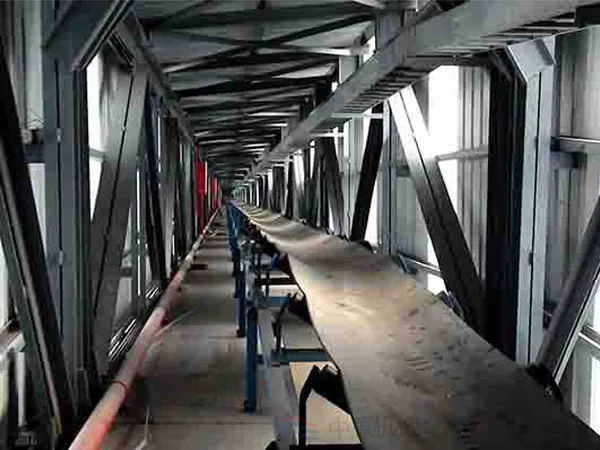
Instalación incorrecta:
Estructuras de soporte desalineadas, poleas (la cabeza, cola, conducir, desaire), y holgazanes.
No perpendicularidad de los ejes de los rodillos a la línea central de la correa..
Bastidor del transportador torcido.
Empalme incorrecto de la correa (tensión no recta o desigual).
Problemas operativos:
Carga de material desigual o descentrada.
Acumulación de material en poleas, holgazanes, o el propio cinturón.
Tensión de correa insuficiente o desigual.
incautado, gastado, o rodillos/ruedas guía dañadas.
Correa desgastada o dañada (p.ej., desgaste desigual, deformación por envejecimiento, daño en el borde).
Objetos extraños atrapados en el sistema..
Factores ambientales (p.ej., viento).
Vibración durante la operación.
Principios generales para ajustar la deflexión
Comience con un transportador limpio: Retire cualquier acumulación de material de los rodillos., poleas, y el cinturón.
Realizar ajustes durante la operación sin carga.: Esto permite una observación clara del seguimiento natural del cinturón..
Ajuste gradualmente y de un lado a la vez.: Los pequeños ajustes son clave para evitar la sobrecorrección.
Trabaje desde el extremo de cabecera/descarga hacia atrás: A menudo, Los problemas en la cabecera pueden causar problemas más adelante..
Deje tiempo para que el cinturón reaccione.: Después de un ajuste, Deje que el cinturón funcione durante varios minutos. (al menos 4-5 revoluciones completas de la correa) para ver el efecto antes de realizar más cambios.
Confirmar con una carga: Una vez que la correa se desplaza bien sin carga, Pruébelo con una carga para garantizar una estabilidad continua..
…
Puede hacer clic en información más detallada sobre cómo ajustar la desviación de la cinta transportadora para visitar: https://www.zymining.com/en/a/news/adjustment-of-belt-conveyor-deflection.html

